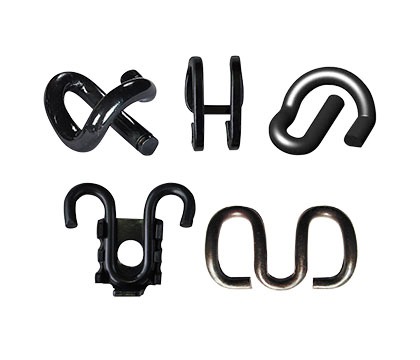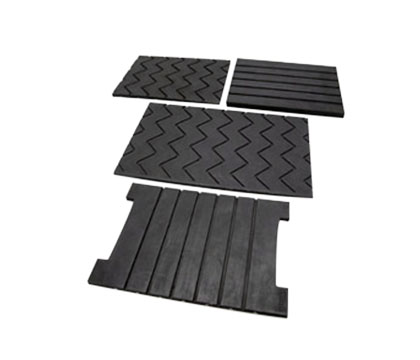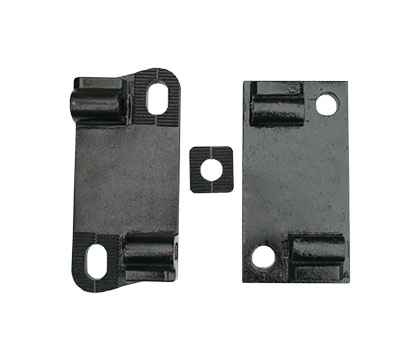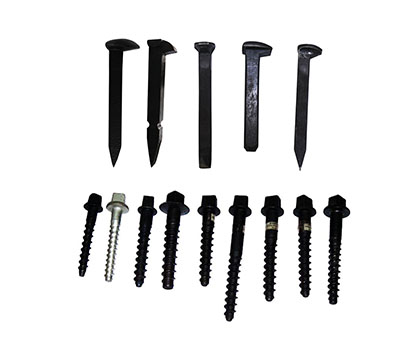Rail pads, originally called "sole" plates or pads, are used when rail is attached to concrete, rather than timber, ties or sleepers. Their function is to reduce fatigue cracking of the concrete ties, which is believed to be driven by impact and vibration from the passing train.
Rubber rail pads are normally designed to have a specified load-deflection characteristic. The initial stiffness of the pad is designed to be low so that that their deformations under the springs toe loads is quite substantial. This ensures that the pad remains in intimate contact with the rail despite any vertical movements of the latter. When the wheel is over the pad, the latter's stiffness must be high to prevent large movements which can result in the metal spring becoming loose. Such a load-deflection characteristic can be obtained by introducing grooves in the rubber pads.
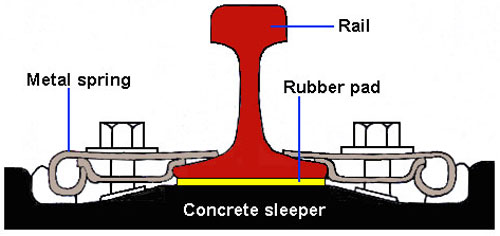
The combination of studded design and specially formulated rubber compound ensure that rail padshave a unique high resilience and abrasion resistance. AGICO rail rubber pads mainly enjoy the following advantages:
- Dramatically Improved Impact
- Attenuation Noise Suppression
- Improved Passenger Comfort
- Extended Track Life
- Extended Ballast Life

